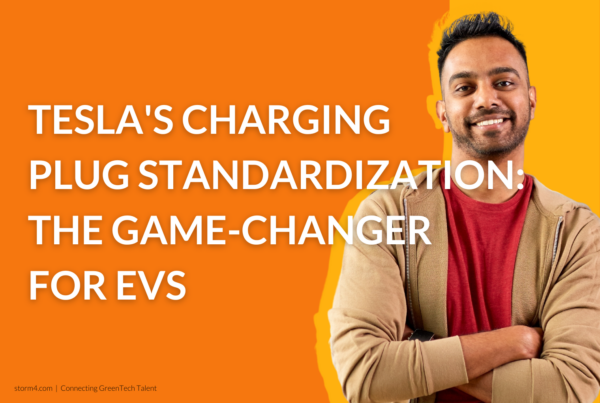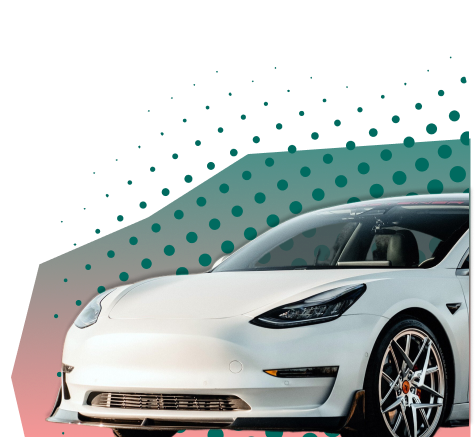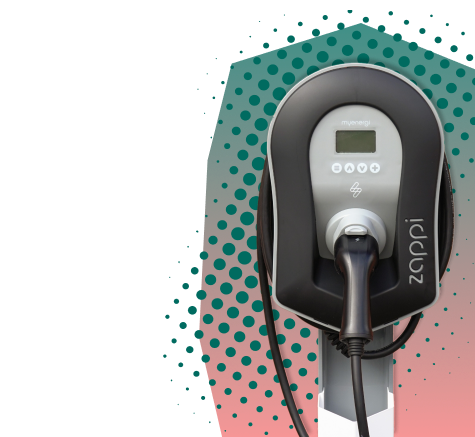Electric vehicles (EVs) have been making significant strides in the automotive industry, offering a sustainable and environmentally-friendly alternative to traditional gasoline-powered cars.
This evolution in transportation not only impacts vehicle technology but also profoundly influences the landscape of EV recruitment, as the demand for specialized skills and knowledge in this sector grows exponentially. One of the most pressing challenges that EV owners face is the time it takes to charge the vehicle’s battery. However, the advent of battery swapping technology appears to be a game-changing solution, presenting new opportunities for professionals in the EV industry. This innovative approach allows for quick replacement of depleted batteries with fully charged ones, eliminating long charging times and extending the vehicle’s driving range, and opening up a new frontier for recruitment in this specialized field.
Understanding Battery Swapping Technology
Battery swapping is a revolutionary innovation in the electric vehicle sector that allows for the quick and efficient replacement of a depleted battery with a fully charged one. This process is reminiscent of refueling a traditional gasoline vehicle at a petrol station. The primary difference is that instead of refilling a fuel tank, a battery is swapped out.
The battery swapping process is relatively straightforward. When an electric vehicle requires a recharge, the driver navigates to a dedicated battery swapping station and parks in a designated bay. A robotic system then extracts the depleted battery from the vehicle and replaces it with a fully charged one. The entire process can be completed in under five minutes, enabling drivers to continue their journey with minimal disruption.
Advantages of Battery Swapping
There are several benefits to this innovative technology. Firstly, battery swapping significantly reduces the time required to recharge an electric vehicle, a common inconvenience for EV drivers. This speed and efficiency can make long-distance travel more feasible, reducing the range anxiety often associated with electric vehicles.
Furthermore, battery-swapping stations are generally much less expensive to construct than traditional fuel stations, making them a more accessible refueling option in various communities. This could have a particularly impactful influence in rural areas or developing countries where the popularity of electric vehicles is on the rise.
Overcoming Challenges in Battery Swapping
While the concept of battery swapping is undoubtedly promising, there are several hurdles that need to be navigated before it can become a mainstream solution. The initial setup cost for a battery-swapping station is significant, and there are currently only a limited number of such stations in operation.
The process of changing a battery is still slower than traditional refueling methods, making it less suitable for long-distance travel. Additionally, there are concerns among some EV manufacturers about potential damage to their vehicles’ batteries, leading to hesitation in supporting battery swapping.
However, companies developing these swapping stations are working to address these issues and make the technology more appealing to automakers and drivers alike.
Prominent Players in Battery Swapping
Several companies are leading the charge in the development of battery-swapping technology. One notable example is Ample, a San Francisco-based startup that has pioneered a unique automated system for swapping batteries. Through partnerships with companies like Uber, Ample is demonstrating the potential of this technology, particularly for demanding applications like ride-sharing fleets.
Another significant player in this space is the Chinese automaker Nio, which has established itself as a major force in battery swapping. With over 1,400 commercial battery-swap stations deployed in China and plans for expansion into Europe, Nio is making a strong case for the viability and convenience of this technology.
The Future of Battery Swapping
The future of battery swapping in the electric vehicle market looks promising. As more companies begin to explore and invest in this technology, it’s clear that it has the potential to revolutionize the EV sector. Not only does it offer a faster, more convenient method of recharging, but it also extends the range of EVs, making them an even more attractive option for consumers.
As the technology continues to evolve and improve, it’s likely that battery swapping will become an increasingly popular solution for EV recharging. With its many benefits and potential to drive sustainable change in the automotive industry, battery swapping is poised to play a pivotal role in the future of electric vehicles.
The implementation of battery swapping technology is a testament to the ongoing innovation in the electric vehicle industry. It represents a significant step forward in addressing one of the most significant barriers to EV adoption – range anxiety. As this technology continues to evolve and improve, it’s likely that we’ll see a growing number of battery-swapping stations popping up around the world, making electric vehicles an even more viable and convenient option for drivers everywhere.
The emergence of battery swapping technology in the electric vehicle industry not only signifies a leap towards more efficient and sustainable transportation but also opens up a myriad of opportunities in the realm of EV recruitment. As a specialist recruitment firm with a dedicated team focused on EVs, we are excited to be at the forefront of this transformation. The growing demand for expertise in battery swapping technology signals a need for a new wave of skilled professionals, ranging from engineers and technicians to strategic planners and supply chain specialists. Our firm is uniquely positioned to connect talented individuals with innovative companies leading the charge in this groundbreaking field. As we witness the evolution of the EV sector, we are committed to fostering the talent that will drive this industry forward, ensuring that our clients are well-equipped to meet the challenges and seize the opportunities presented by this revolutionary technology.
FAQs
How long does it take to swap an EV battery?
The battery swapping process can be completed in less than five minutes, significantly reducing the time it takes to recharge an electric vehicle.
Is battery swapping better than charging?
Battery swapping can be a more efficient option for preserving the longevity of the battery. The process also allows for the batteries to be reused rather than discarded after a single use, making it a more sustainable choice.
How does battery swapping work for EVs?
Battery swapping infrastructure allows EV users to exchange their depleted batteries for fully charged ones at various swapping locations. This eliminates the need for building charging stations and reduces drivers’ range anxiety.
Do any electric vehicles currently support battery swapping?
Currently, some EV models support battery swapping, but the technology is not yet widespread. However, several companies are working on developing and expanding this technology.
What happens after a battery is replaced?
After a car battery is replaced, the vehicle should be driven for about 30 minutes for the alternator to properly charge the battery. Some vehicles may also require a reset of the battery charging system monitoring system after a battery replacement, which can be done using a diagnostic tool or a specific battery reset tool.
The future of electric vehicles is exciting and full of potential. As battery swapping technology continues to evolve and improve, we can expect to see a significant shift in how we think about EV charging. This forward-thinking approach to solving one of the biggest challenges in the EV sector is another step towards a greener, more sustainable future.










